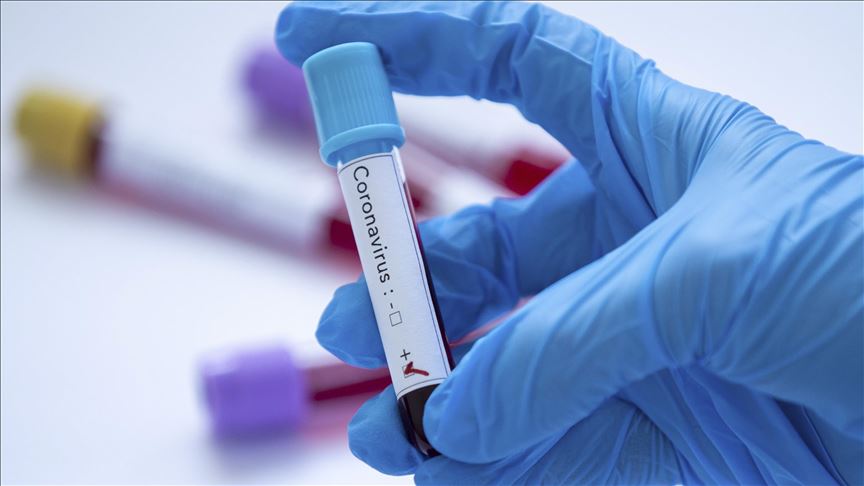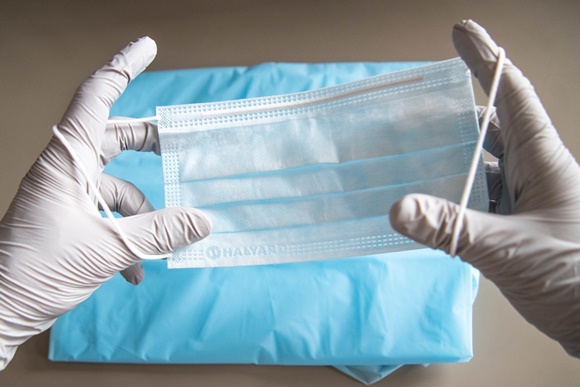In the public mind, the root story of coronavirus appears to be all-around fixed: in late 2019 somebody at the now world-popular Huanan seafood market in Wuhan was infected with a virus from an animal.
Researchers state, all things considered, the infection originated from bats however first went through a mediator creature similarly that another coronavirus – the 2002 Sars outbreak – moved from horseshoe bats to cat-like civets before tainting people.
Initially, researchers accepted the infection might have created in bats, and later pangolins.
In any case, genomic correlations propose that the SARS-Cov-2 infection is the consequence of recombination between two distinctive infections, which means the specific root of the infection is as yet hazy.
Coronavirus disease (COVID-19) is a communicable disease caused by a newly discovered coronavirus.
Most people infected with the COVID-19 virus will experience cough, breathing issue, sneezing and recover without requiring special treatment.
The ideal approach to prevent and hinder transmission is to be all around educated about the COVID-19 infection, the illness it causes, and how it spreads. Shield yourself as well as other people from disease by washing your hands or utilizing a liquor based rub as often as possible and not touching your face.
You can decrease your odds of being infected or spreading COVID-19 by avoiding potential risk:
- Regularly and completely clean your hands with liquor based hand rub or wash them with cleanser and water.
- Maintain at least 1 metre (3 feet) separation among yourself and any individual who is coughing or sneezing.
- Avoid contacting eyes, nose and mouth.
- Make sure you, and the individuals around you, follow great respiratory cleanliness.
- Stay home on the off chance that you feel unwell. On the off chance that you have a fever, hack and trouble breathing, look for clinical consideration and call in advance.
- Keep up to date on the most recent COVID-19 hotspots.
Some commonly asked questions about COVID-19
1. Should I wear a mask to protect myself?
Only wear a mask if you are sick with COVID-19 side effects (especially coughing) or taking care of somebody who may have COVID-19. If you are not ill or taking care of somebody who is sick, at that point, you are wasting a mask. There’s a world-wide shortage of masks.
The most effective ways to guard yourself and others against COVID-19 are to frequently clean your hands, cover your cough with the bend of elbow or tissue and maintain a distance of a minimum of 1 meter (3 feet) from people that are coughing or sneezing.
2. How to put on, use, take off and dispose of a mask?
- Keep in mind, health workers, caretakers should utilize a mask, and individuals with respiratory side effects, for example, fever and hack.
- Before touching the mask, clean your hands with an alcohol-based hand rub or soap and water.
- Take the mask and examine it for tears or holes.
- Arrange which side is the top side (where the metal strip is).
- Guarantee the right side of the cover faces outwards (the coloured side).
- Place the mask to your face. Squeeze the metal strip or solid edge of the mask, so it moulds to the state of your nose.
- Pull down the mask’s base, so it covers your mouth and your jaw.
- After use, remove the mask; expel the elastic circles from behind the ears while getting the mask far from your face and garments, to avoid from contacting conceivably debased surfaces of the mask.
- Dispose of the mask in a closed bin immediately after use.
- Perform hand cleanliness after contacting or disposing of the mask – Use liquor based hand rub or, if dirty, wash your hands with soap and water.
3. Can humans become infected with the COVID-19 from an animal source?
Coronaviruses are a huge group of infections that are regular in creatures. Once in a while, individuals get infected with these infections, which may then spread to others. For instance, SARS-CoV was related to civet cats, and MERS-CoV is transmitted by dromedary camels. Conceivable creature wellsprings of COVID-19 have not yet been confirmed.
4. Can I catch COVID-19 from my pet?
We know about occasions of creatures and pets of COVID-19 patients being infected with the disease.
- As the intergovernmental body answerable for improving creature wellbeing around the world, the World Organization for Animal Health (OIE) has been creating specialized direction on specific subjects identified with animal health, committed to veterinary administrations and specialized specialists (remembering for testing and isolate).
- There is a possibility for certain creatures to get infected through close contact with infected people. Additional proof is expected to comprehend if creatures and pets can spread the illness.
- Based on current evidence, human to human transmission remains the primary driver.
- It is still too soon to state whether cats could be the middle of the road have in the transmission of the COVID-19.
5. How long does the virus survive on surfaces?
It isn’t sure to how long the infection that causes COVID-19 survives on surfaces, yet it appears to carry on like different coronaviruses. Studies propose that coronaviruses (remembering fundamental data for the COVID-19 infection) may persevere on surfaces for a couple of hours or as long as a few days. This may change under various conditions (for example sort of surface, temperature or mugginess of the earth).
On the off chance that you figure a surface might be contaminated, clean it with straightforward disinfectant to slaughter the infection and secure yourself as well as other people. Clean your hands with an alcohol-based hand wash or wash them with soap and water. Avoid from contacting your eyes, mouth, or nose.
6. Is COVID-19 airborne?
The infection that causes COVID-19 is for the most part, transmitted through beads created when an infected individual coughs, sneezes, or talks. These beads are too substantial to even think about hanging noticeably all around. They rapidly fall on floors or surfaces.
You can be infected by breathing in the virus if you are within 1 metre of a person who has COVID-19, or by contacting a contaminated surface and afterwards contacting your eyes, nose or mouth before washing your hands.
COVID-19 website https://www.who.int/emergencies/diseases/novel-coronavirus-2019

